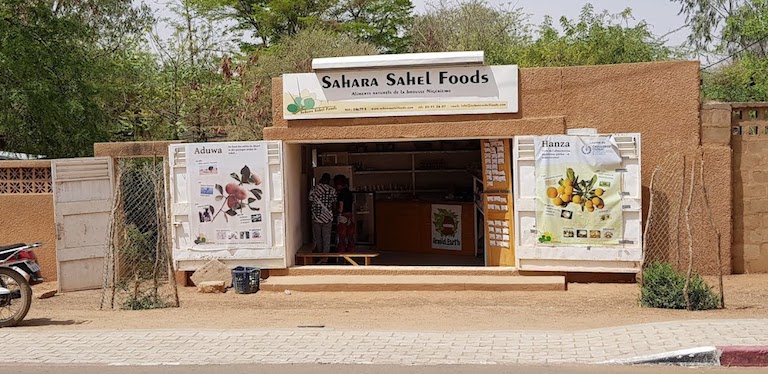The day I met the syntropy
- I remember how that morning I did not rise very strongly. Wanting, because studying anything shuts down my internal engineering, but with little hope, this concept would change my vision of something: syntropic agriculture.

The day after the course was completed, the account changed completely. Reviewing the concepts of the previous day, I realized the strength of the syntropy breaking my hard head.
Synoptic agriculture has been developed by Ernest Gostch throughout his life in Bahia, Brazil. Passionate nature lover, Gostch has deeply understood the functioning of ecosystems and developed his ability to work with them seeking the full benefit. Today, it continues to cultivate abundant fruit, such as cocoa and coffee.
The syntropy consists in creating ecosystems, turning the human being into mere managers, spectators, companions. By being part of this ecosystem, we benefit from local prosperity, making ourselves rich as well. The syntropy uses neither ximaurris nor agrotoxics, seeks (and finds) balance with indigenous resources. This concept leaves nature itself and invites us to become an integral part of the environment.
That day of the course (Ametxe, Gordexola), after a brief theoretical explanation, we started sowing and planting a single bench of 14 x 0.8 meters, and my mind was hard again exploded. In this small space, we sow thousands of seeds, planted tens of trees and deposited over 100 branches on the ground. The density was enormous and his observation disturbs me. How will healthy plants develop? And competition? Planting frame?...
I had to spend a day and a long youtube session to become aware of the value of this technique. In the end I understood that with this enormous density it gave opportunities to nature, dissipating the expressive possibilities, the need for farmer control. The key is in the management of these resources, playing with different strata, performing large pruning at different times.
The most striking thing you should consider when installing a syntropic ecosystem is that you give the ideal climates forest you are looking for: what species you want them to stay there for a long time and what fruits you want to add in the future. Taking this into account, as the different species climb up, the branches are podcast and controlled, and as a consequence of that pruning, the bacteria and hormone are released around the pump, enhancing the microbiology. There's the wedge, accelerating the system's dynamism, directing the entire ecosystem towards the goal.
Pruning is carried out in different times and spaces (1,3,6,12... months) and depending on it the sowing or planting is carried out. We could use any plant or tree, for example those around you or that are easy to duplicate. On that day Gordexola planted the climate forest (peach and avocado) that we were looking for in the middle of the side, surrounded by supporting species (eucalyptus, willow, ash...). Moving from the center out we use shrubs and smaller plants (lavender, rosemary, agapantus, generosity, accelerga, artichoke...), as they will take less time in the bench. Finally, on the edge of the banana we sow very short cycle plants (rabanito, mustard, peas, lettuce...).
Reading the above explodes my head today, because it goes against everything we have learned. But that's what syntropic agriculture is about, breaking the frameworks.
Oihanak atzeraka ari dira mundu osoan. Oso-osoan? Ez, badira txoko batzuk non zuhaitzak ugaritzen ari diren haiekiko harremana aldatu duten baserritarren lanari esker. Hauek ikasi behar izan dute arbolak ez direla laboreen etsaiak, zuhaitz eta zuhaixken esku dagoela lurzoruaren... [+]
Papua New Guinea is traversed from east to west by a high mountain range. On its two slopes are enclosed hills and valleys, and there, the tribes that have lived in isolation for thousands of years, give a reputation for cultural and linguistic diversity to this territory. In... [+]
Forests are edible; yes, yes, edible forests. They are called “edible forests,” especially because the creation and care of the forest is done through food.
In addition to the first, it is increasingly common to take advantage of some of the forest to eat. Some want to... [+]






















